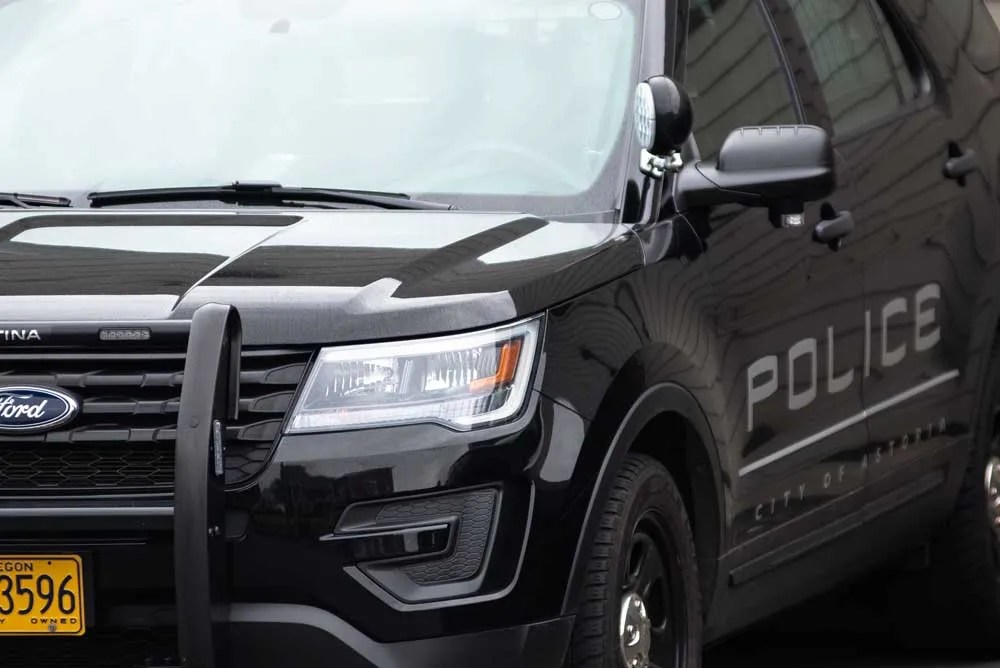How the kite invented the airplane
Published 4:00 pm Tuesday, December 23, 2003
LONG BEACH, Wash. – It’s a blustery and unseasonably warm Sunday afternoon on Washington’s Long Beach Peninsula, seemingly ideal for kite flying. Some people are doing just that on the broad expanse of sand and dunes fronting the town of Long Beach, where the World Kite Museum is located.
Today, however, there’s more action inside the museum than out. Museum director Kay Buesing knows kites, and she’s leading a tour of a traveling exhibit entitled “How Kites Invented the Airplane,” which ends Jan. 31. I’ve just stepped inside, and enticed by the 69-year-old Buesing’s soothing voice and friendly demeanor, I decide to tag along.
Before the Wright brothers attempted to fly themselves, Buesing explains, they launched their planes like giant kites, then manipulated them with wires from ground level. It’s how they learned to pilot a real plane, she adds. A circa-1899 photo shows the Wrights attempting to control a huge airborne box kite. Wilbur’s words serve as the caption and confirm what Buesing has told us. “We began experiments by testing the machine as a kite,” he’s quoted as saying.
A Wisconsin native who has called the Long Beach Peninsula home for two decades, Buesing continues the tour, guiding us past six sets of panels mounted with more than 40 photos and illustrations that comprise the exhibit.
The Wright brothers relied on kites to test their aeronautical theories, explains Buesing, utilizing lessons learned from kites to invent their airplane. A gossamer wooden and paper model plane, representative of the aircraft the Wrights launched, hangs from the ceiling above her head.
“The picturesque aircraft from the first days of flying so closely resembled kites that ‘kite’ was an early 20th-century synonym for airplane,” Buesing says. During World War I, manned kites tethered to the ground allowed soldiers to make observations about the enemy. Later in the 20th century, kites helped astronauts reach the moon.
How? I wonder and ask Buesing. “NASA used a very long string,” she says with a chuckle, causing everyone within earshot to laugh. She’s ready, however, with a serious answer: NASA knew how to reach the moon, but officials didn’t know how to land a space craft in zero gravity. Experimenting with kites helped them come up with a solution.
Noting that 2003 is the centennial year of flight, Buesing emphasizes that kite flying goes back a lot farther than the Wright brothers’ flights at Kitty Hawk, N.C. in 1903. People used kites to pursue their dream of flying 2,000 years ago in China. And experimentation with kites continues: Contemporary scientists employ them to study the effects of ozone depletion in the earth’s atmosphere.
The exhibit’s message, bolstered by Buesing’s informative accounts and anecdotes, is unmistakable: Launching kites was instrumental in man’s quest to fly. And still is.
Buesing next herds our group into a room bedecked from floor to ceiling with brightly hued animal kites – butterflies, birds, fish and other water creatures, pandas, moths, dragonflies, even rats. I count almost 75 kites, and Buesing knows the story behind every one of them.
One of the museum’s founders, she has served as its director and head docent for 15 years and was recently elected to the Kiting Hall of Fame. Exhibited in yet another room at the museum, the Hall is a select assemblage that counts 35 luminaries ranging from Wilbur and Orville Wright to comic-strip character and avid kite flyer Charlie Brown. The latter’s framed certificate reads: “Kitefliers salute Charlie Brown, who taught us that our spirit need never crumble.”
Buesing’s enthusiasm doesn’t dissipate one iota during our 45-minute tour. “I love kiting because anyone can do it, from kings to peasants,” she says. “All you need is paper and string.”





